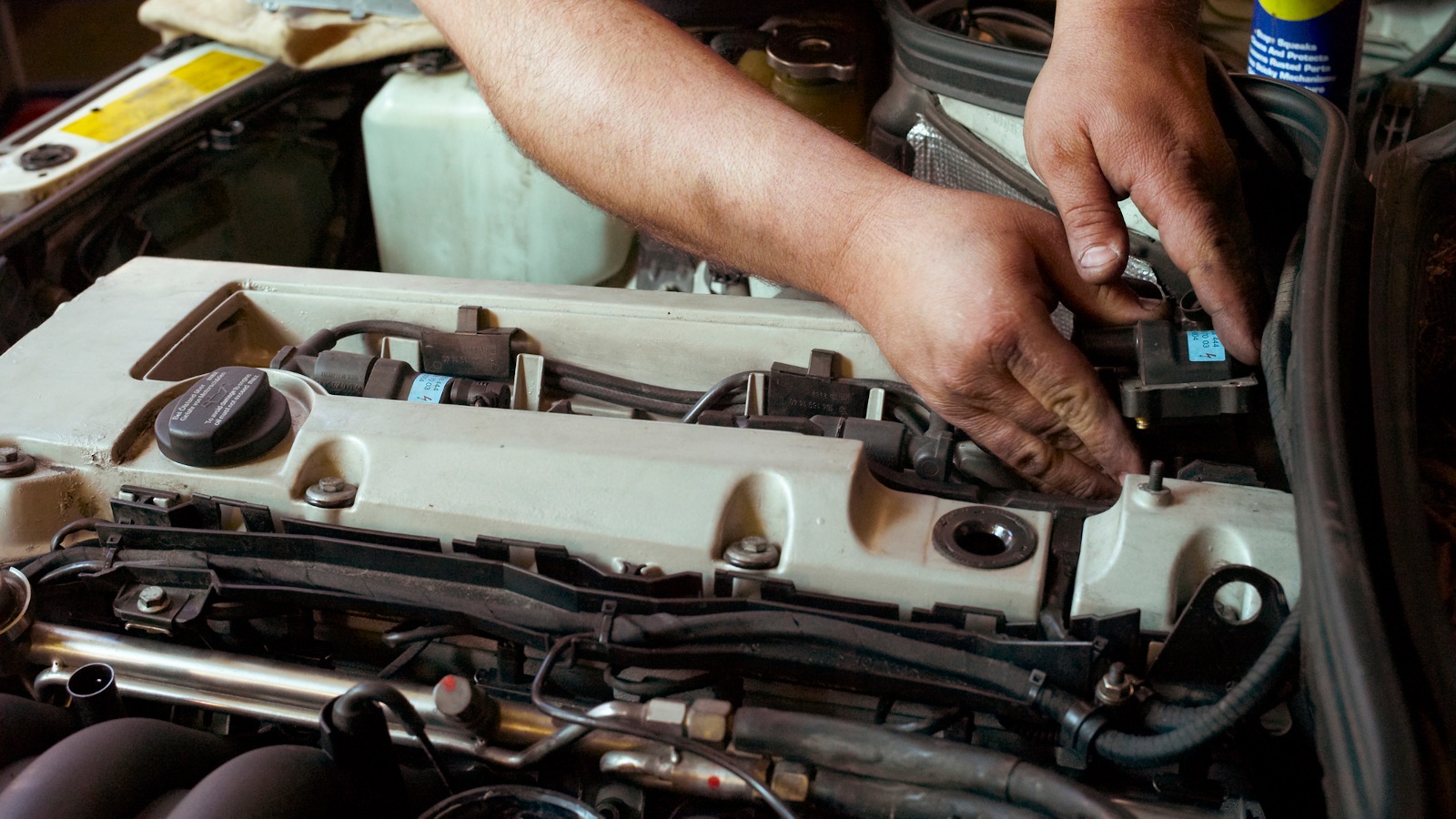A car’s premise is straightforward: you spin the wheels, and the momentum carries you forward. However, as seen by the availability of hundreds of components in local stores. If you’re looking for a breakdown of your car’s components, Do checkout: auto parts
Find a selection of our most important posts on automotive components below.
Engine System
How Car Engines Work?
It’s the reason why going from 0-60 mph only takes roughly 8 seconds when you floor the accelerator. The automobile engine is one of the most incredible devices in everyday usage because of the ingenuity of its designers.
- Diesel Engines:
Diesel engines are more environmentally friendly and cost-effective than gasoline ones. Direct fuel injection is used in diesel-powered engines.
- Hemi Engines:
The HEMI engine is remarkable in its design, efficiency, and maintenance.
3.Rotary Engines:
In contrast to the internal combustion engines used in most vehicles, rotary engines operate in a completely different way. Intake, compression, the combustion process, and exhaust are all handled by separate sections of the engine’s casing in this design.
- Radial engines:
This incredible engine may be seen as a radial engine with two pistons.
5.Fuel engine:
To get gas into the cylinder where it can be burned and the car can move forward, fuel injectors have traditionally been used.
Motor Vehicle
The Operation of a Manual Transmission:
The physics of a gasoline engine necessitates the usage of gearboxes in automobiles. The driver is responsible for choosing the correct gear and clutch engagement. To connect and disconnect the engine and gearbox, the transmission makes use of a clutch, pressure plate, and flywheel.
Operation of automatic transmission:
With an automatic gearbox, changing gears is a breeze. The automatic gearbox in a modern automobile is an incredible mechanical system since it performs all the functions of a manual transmission but only uses one gear ratio.
brake system:
Methods of Braking:
If your car’s brakes fail, you’ll have a serious issue on your hands. Braking systems provide tremendous stopping force because of leverage, hydraulics, and friction.
Tires, Suspension, and Steering:
The Mechanics of Steering
The steering system is just as important as the engine and the brakes in a car. The use of power steering makes driving much simpler.
Car Suspensions:
If the driver cannot keep control of the vehicle, the engine’s power is of little value. Maximizing tire-to-road friction, providing steering stability, and keeping passengers comfortable are just a few of a vehicle suspension’s many responsibilities.
Tires:
Tires must bear the weight of the vehicle as it travels down the road, yet driving needs a lot of effort. The load and velocity of the vehicle determine the necessary power.
Power Sources
Putting together a Circuit: Wires, Fuses, and Plugs
Although wires, fuses, and connections are sometimes overlooked, they play a crucial role in keeping your vehicle running. They are useful for keeping the music running on a long trip and for reading the map in the dark. However, you can’t have features like your engine’s cooling fan or anti-lock brakes without them.
Other Auto Components:
Mechanisms of Cooling Systems
Due to the high temperatures generated by the engine, your vehicle has a comprehensive cooling system.

